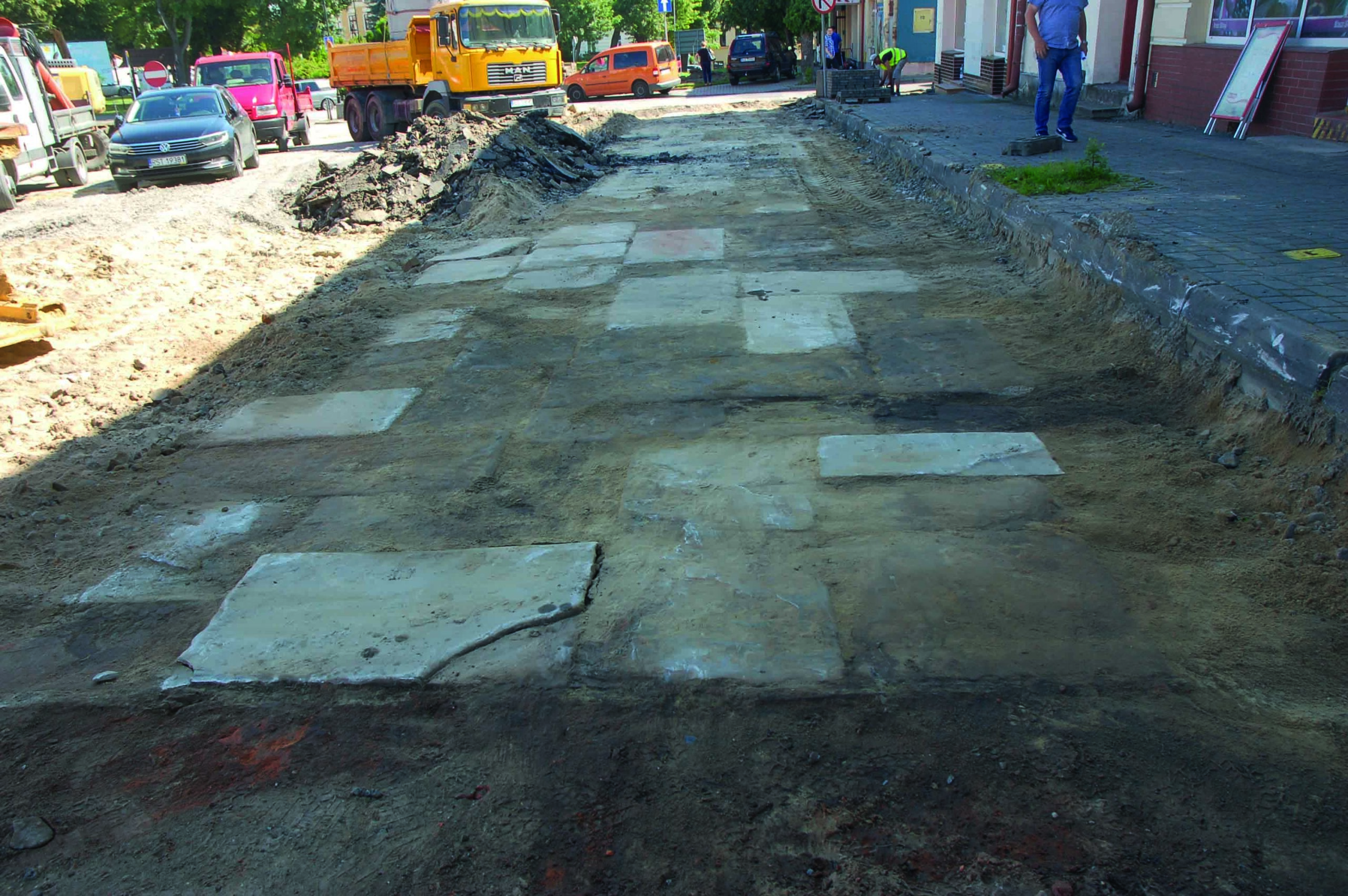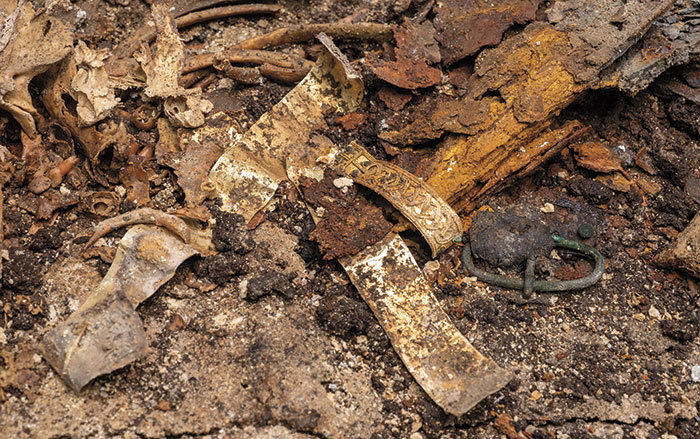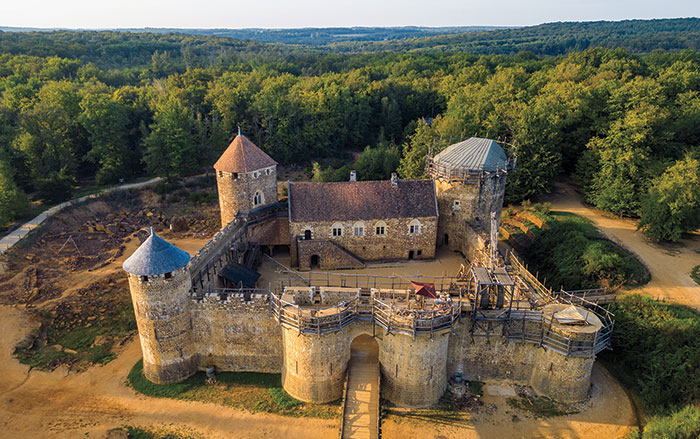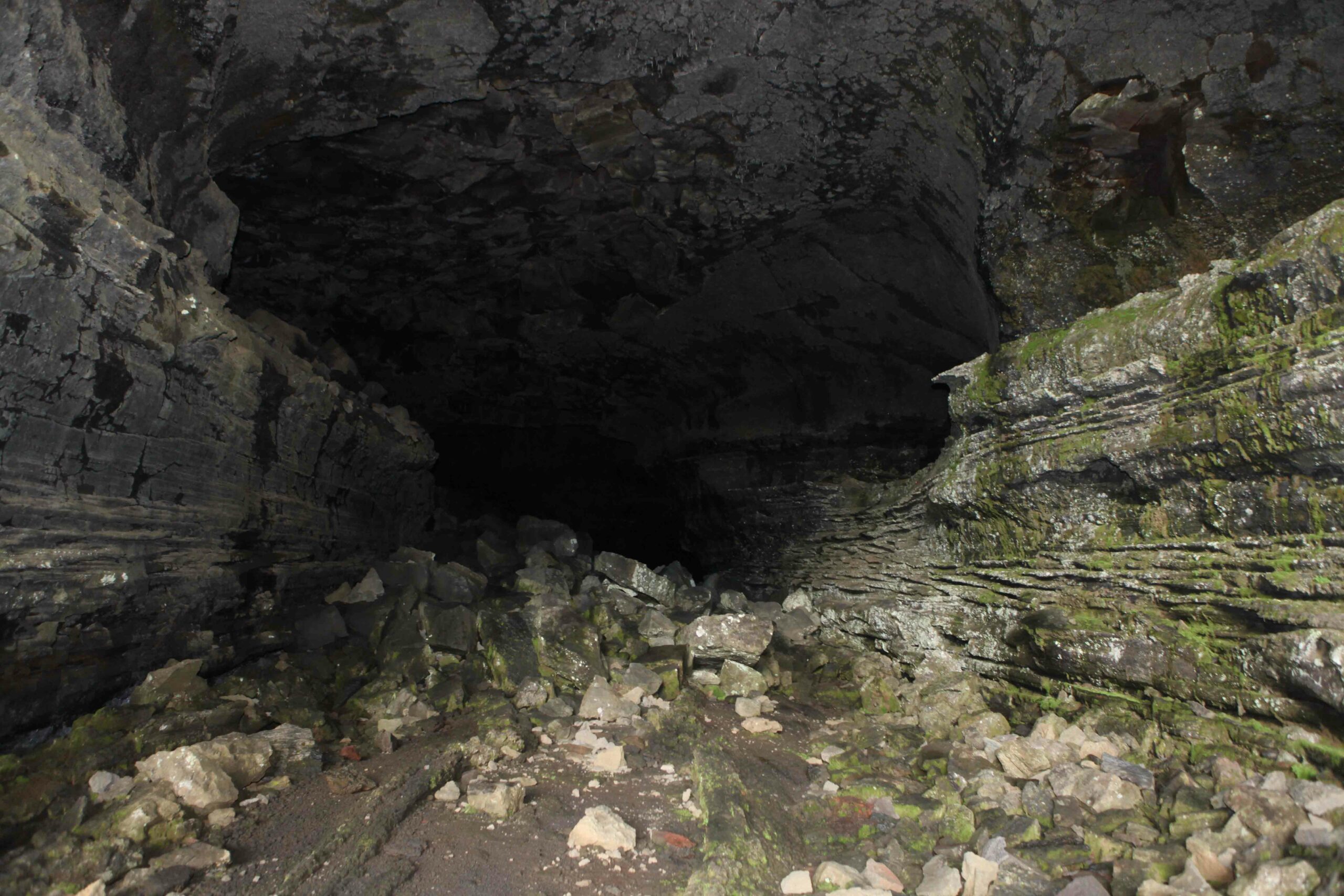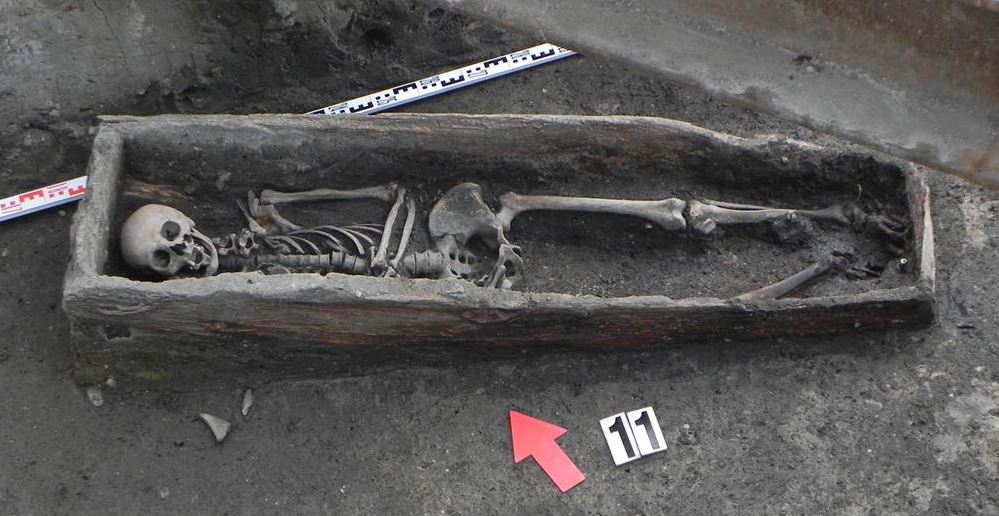
POZNAŃ, POLAND—The remains of three people who may have died during an early eighteenth-century epidemic have been unearthed at the site of a medieval cemetery in west-central Poland, according to a report in Science & Scholarship in Poland. A silver coin helped archaeologists date the burials. “The medieval graves are dug deep beneath the surface of the earth, so it was a surprise to discover three skeletons above them,” said archaeologist Pawel Pawlak. As many as eight or nine thousand people, or 65 percent of the population of Poznań, are thought to have died of the plague in 1709. “The residents of Poznań had to deal with the burials of their loved ones themselves,” Pawlak explained. The bodies are thought to have been buried in a garden near a house. One of the bodies, which appears to have belonged to an elderly woman, had been placed in a pine coffin, and the other two were probably just wrapped in shrouds. Among the medieval burials in the cemetery, Pawlak’s team also found the remains of a man who may have been executed and quartered before he was hastily buried in a pit. For more, go to “Off the Grid: Krakow.”


